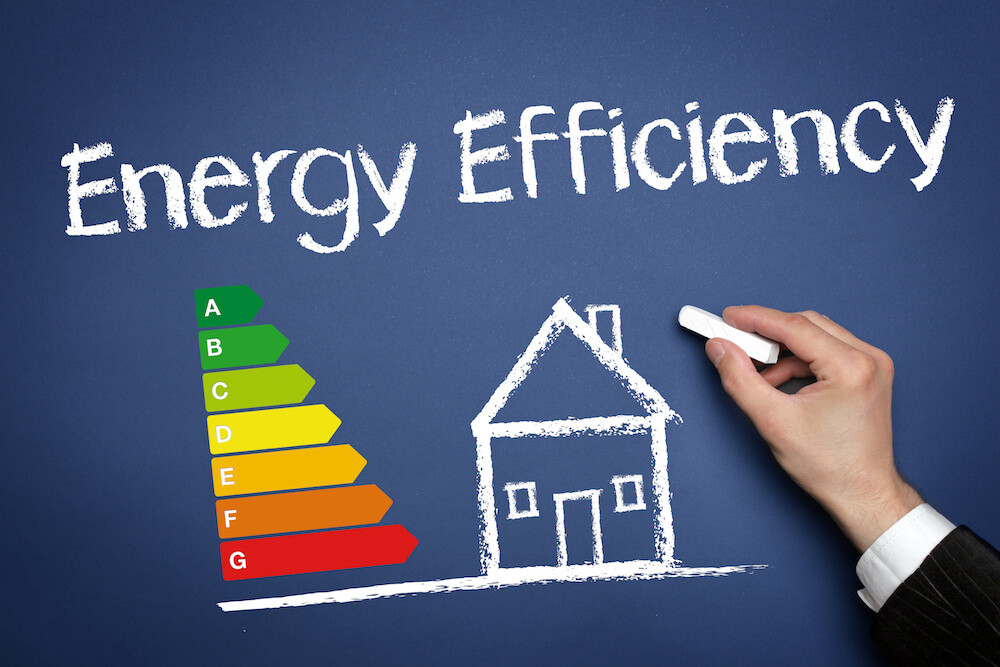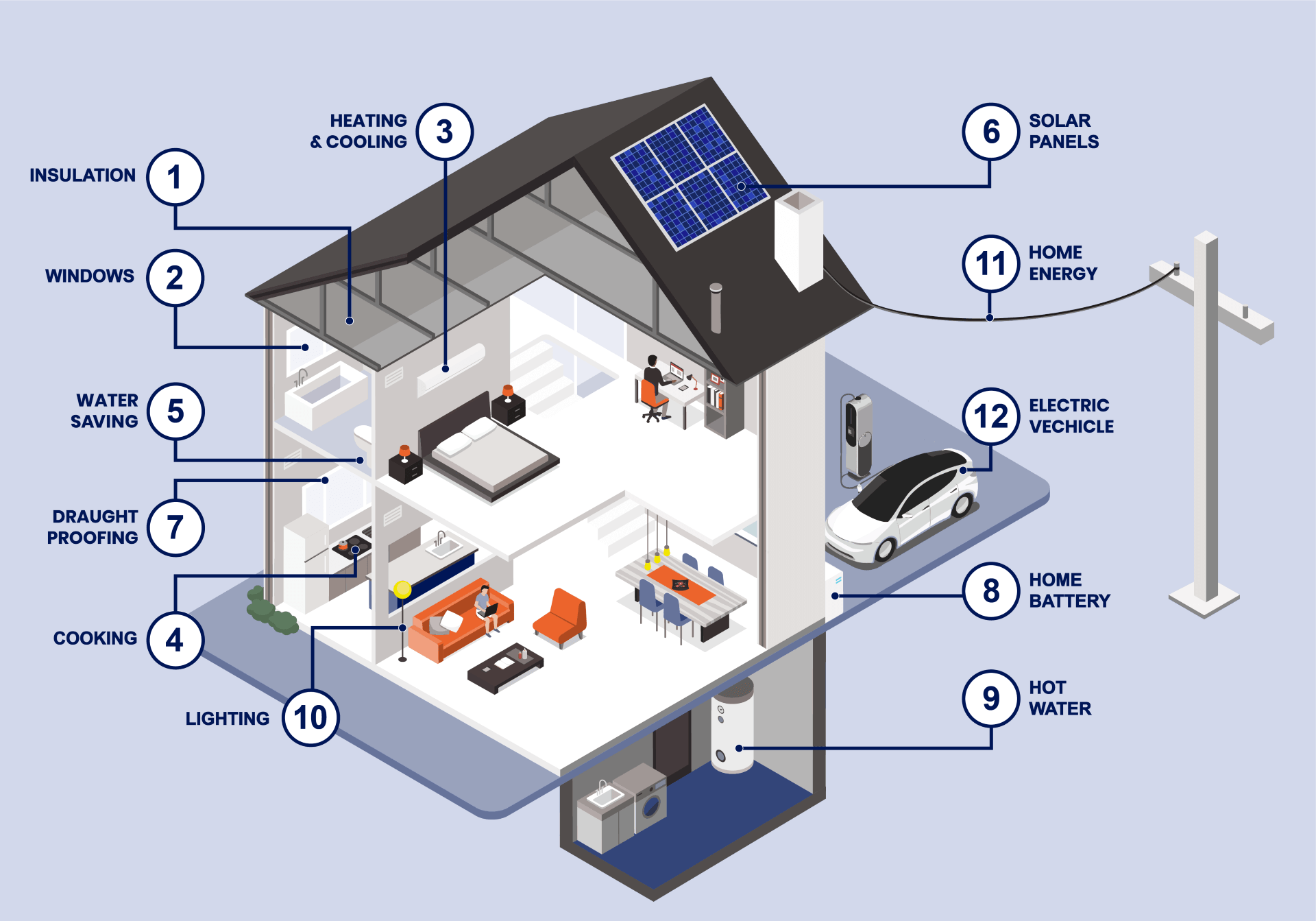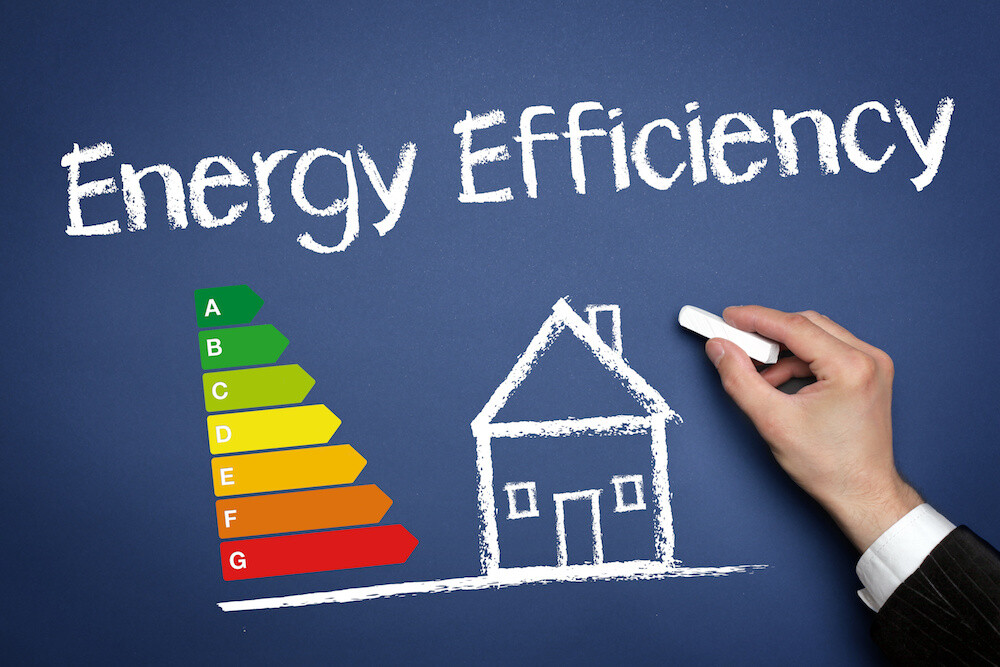Energy Efficiency in Horse Facilities: A Comprehensive Guide

Energy efficiency in horse facilities is crucial not only for reducing operational costs but also for promoting sustainable and environmentally friendly practices. This article explores practical strategies, benefits, and considerations for improving energy efficiency in equine environments.
Why Energy Efficiency Matters in Horse Facilities

Horse facilities, including stables, barns, arenas, and paddocks, consume significant amounts of energy for lighting, heating, ventilation, and water systems. Improving energy efficiency helps:
- Reduce utility bills
- Lower carbon footprint
- Enhance horse comfort and health
- Support sustainable farming practices
Key Areas to Improve Energy Efficiency
| Area | Energy Use | Efficiency Strategies |
|---|---|---|
| Lighting | Indoor and outdoor lighting | Use LED bulbs, install motion sensors, maximize natural light |
| Heating & Cooling | Space heating, water heaters | Insulate buildings, use energy-efficient heaters, consider solar water heating |
| Ventilation | Air circulation systems | Install energy-efficient fans, use natural ventilation designs |
| Water Systems | Pumps and water heaters | Use efficient pumps, fix leaks, install timers and sensors |
Practical Tips for Enhancing Energy Efficiency
- Upgrade to LED Lighting: LEDs consume up to 75% less energy than traditional bulbs and last longer.
- Improve Insulation: Proper insulation in walls, roofs, and doors reduces heat loss in winter and heat gain in summer.
- Use Renewable Energy Sources: Solar panels can power lighting and water heating systems.
- Regular Maintenance: Keep equipment clean and well-maintained to ensure optimal performance.
- Smart Controls: Implement timers, motion sensors, and programmable thermostats to reduce unnecessary energy use.
Benefits of Energy Efficiency in Horse Facilities
- Cost Savings: Lower energy bills free up resources for other facility improvements.
- Environmental Impact: Reduced greenhouse gas emissions contribute to combating climate change.
- Improved Horse Welfare: Stable environments with better temperature control and air quality promote horse health.
- Enhanced Facility Value: Energy-efficient upgrades can increase property value and appeal.
Frequently Asked Questions (FAQ)
Q1: How much can I save by switching to LED lighting?
A1: LED lighting can reduce energy consumption for lighting by up to 75%, significantly lowering electricity costs.
Q2: Are solar panels practical for horse facilities?
A2: Yes, solar panels can be a cost-effective way to power lighting and water heating, especially in sunny regions.
Q3: What is the best way to insulate a barn?
A3: Use materials like spray foam, rigid foam boards, or fiberglass batts, focusing on walls, roofs, and doors to minimize heat transfer.
Q4: Can energy efficiency improvements affect horse health?
A4: Absolutely. Better ventilation and temperature control reduce respiratory issues and stress in horses.
Conclusion
Implementing energy-efficient practices in horse facilities is a smart investment that benefits both the environment and the well-being of horses. By focusing on lighting, heating, ventilation, and water systems, facility managers can achieve significant savings and create healthier, more sustainable environments.
Would you like me to help refine the tone or add more technical details? Here are some follow-up tasks you might consider:
- Expand FAQ with more questions
- Add case studies or examples
- Include energy-saving product recommendations
